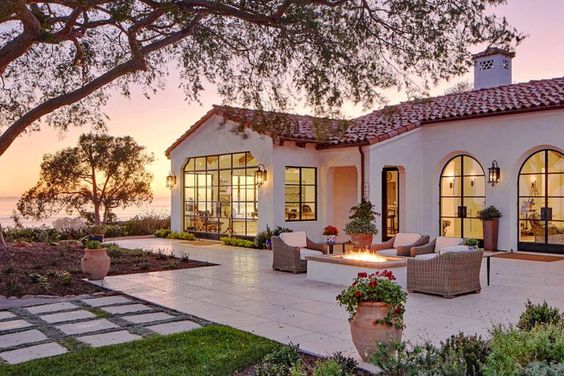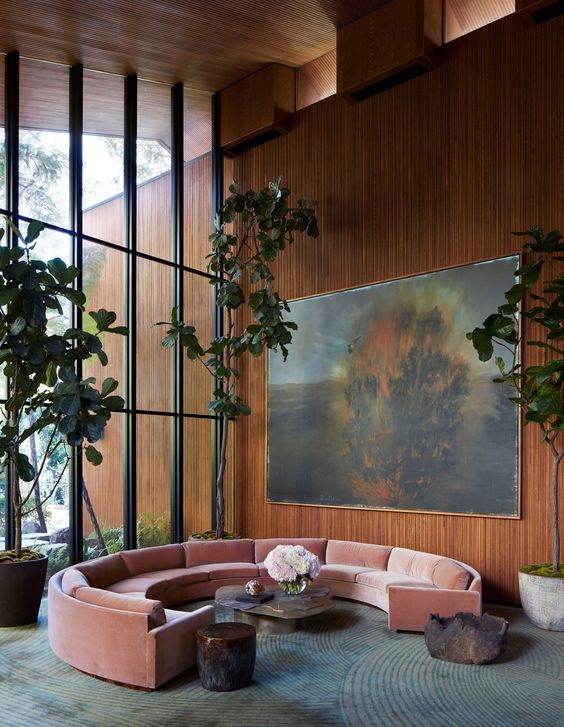When it comes to architectural beauty, few styles can rival the timeless allure of Spanish architecture. Whether you’re strolling through the historic streets of Seville, admiring the iconic missions of California, or even considering a home in a modern suburb, the charm of Spanish-style homes is undeniable.
In this article, we will embark on a journey to explore the captivating world of Spanish architecture, delving into its unique characteristics, rich history, and enduring appeal.
A Glimpse into History
To truly appreciate Spanish-style homes, we must first understand their origins. The roots of this architectural style can be traced back to Spain’s early history, where influences from the Moors, Romans, and other cultures merged to create something truly unique. When Spanish explorers and settlers arrived in the Americas, they brought this distinctive architectural tradition with them.
Key Characteristics
Spanish-style homes are renowned for their distinctive features that set them apart from other architectural styles. Here are some of the defining characteristics:
- Stucco Exteriors: Spanish-style homes often feature stucco exteriors, which give them a rustic, earthy appearance. Stucco not only provides insulation but also adds to the timeless charm.
- Red Tiled Roofs: One of the most iconic elements of Spanish architecture is the red-tiled roof. These clay tiles not only contribute to the aesthetic but also help regulate indoor temperatures.
- Courtyards and Patios: Many Spanish-style homes boast interior courtyards or outdoor patios. These spaces create a seamless transition between indoors and outdoors, perfect for enjoying the pleasant weather of places like California.
- Arched Doorways and Windows: Arches are a prevalent architectural feature in Spanish homes. They add a sense of grandeur and elegance to both the interior and exterior.
- Wrought Iron Details: Ornate wrought iron railings, gates, and fixtures are often incorporated into Spanish-style homes, adding an artistic and intricate touch.
The Allure of Spanish Style
What makes Spanish-style homes so appealing, and why do they continue to enchant homeowners and architects alike? Let’s explore:
- Timeless Elegance: Spanish architecture possesses an enduring beauty that transcends trends. Its classic features remain as captivating today as they were centuries ago.
- Cultural Richness: Spanish-style homes carry a sense of history and tradition. They reflect the fusion of diverse cultural influences that have shaped Spain and its colonies.
- Climate Adaptability: Many Spanish-style elements are well-suited to warm climates, making them popular in regions with Mediterranean and desert climates. The design emphasizes natural ventilation and shade, making homes comfortable even in scorching temperatures.
- Versatility: While Spanish-style homes are deeply rooted in tradition, they can also be adapted to modern living. This versatility allows homeowners to enjoy the best of both worlds – classic aesthetics with contemporary convenience.
Statistics and Real Estate
The allure of Spanish-style homes isn’t just anecdotal; it’s backed by statistics. In many areas, these homes command higher prices than their counterparts due to their unique appeal. According to a report by Realtor.com, Spanish-style homes in California, for instance, often sell at a premium, with some fetching 38% more per square foot compared to other styles.
Spanish-style homes are more than just architectural wonders; they are a testament to the enduring legacy of a rich and diverse culture. Their timeless charm, adaptability, and unique characteristics continue to make them a popular choice among homeowners and buyers. Whether you’re considering purchasing a Spanish-style home or simply admiring their beauty from afar, there’s no denying the allure of these architectural treasures.


